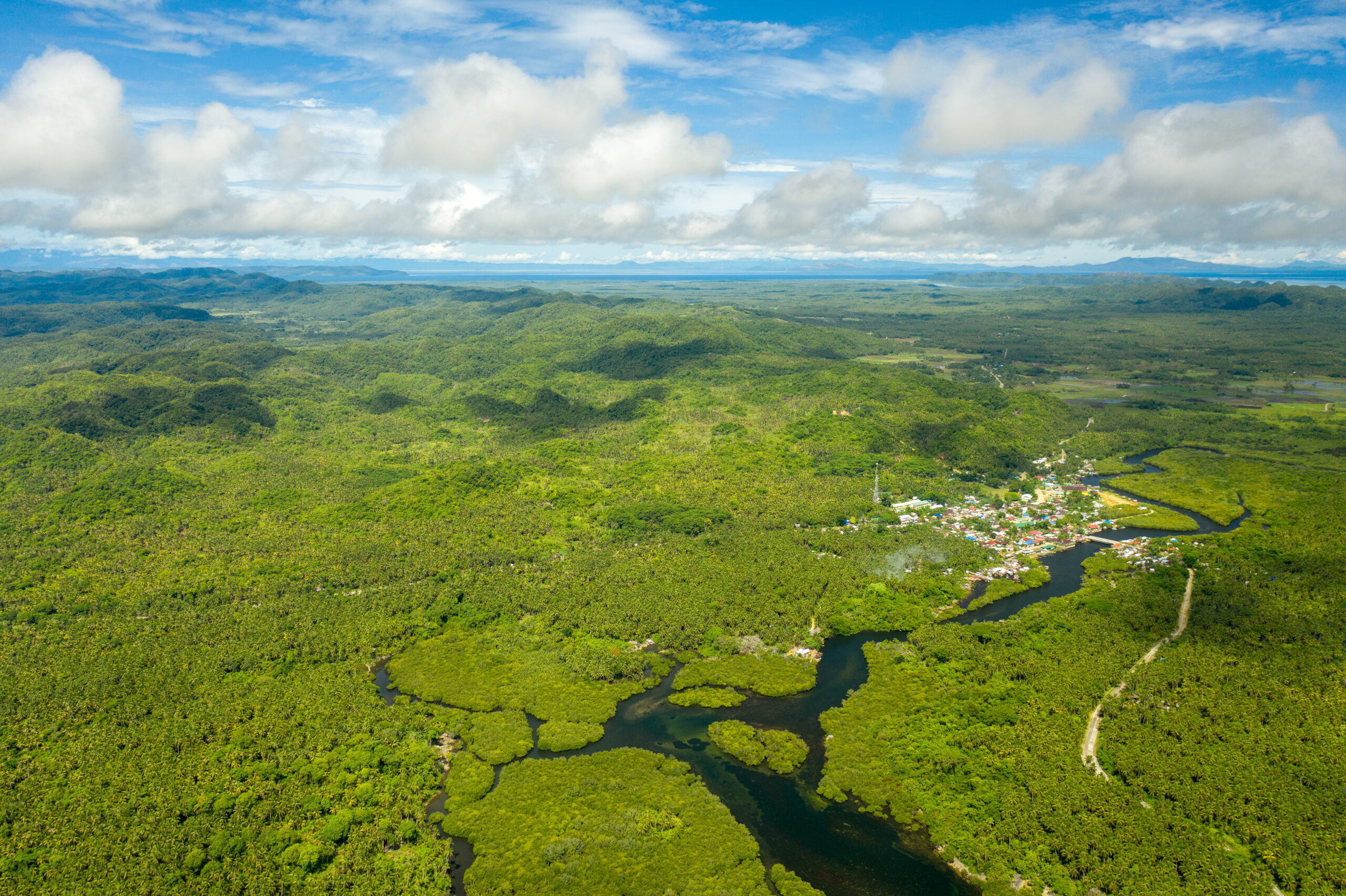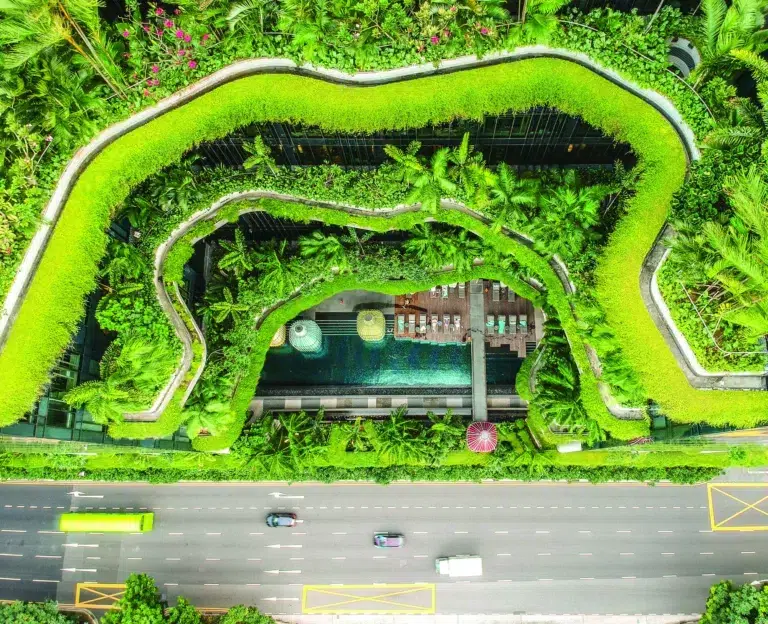News roundup: Siargao’s towns to be ‘models of blue economy’ in the Philippines, and other news

For PropertyGuru’s news roundup, the towns of San Isidro and Burgos in Siargao Island in the Philippines will become “models for integrated blue economy practice.” In other stories, South Korea’s popular monthly transit pass will be made available to tourists in Seoul in short-term options. And, among the workplace innovations of the past years, “standing desks” have been gaining popularity as they offer flexibility and promote a culture of health and well-being.
Siargao towns aim to become models of blue economy in the Philippines
The development of the blue economy in San Isidro and Burgos in Siargao Island is set to get a boost in the next 25 years with the newly forged partnership with Singaporean marine renewable energy solutions company OceanPixel and Filipino satellite services firm Orbits Satellite Corp.
San Isidro Mayor Lamberto Dominos Jr. and Burgos Mayor Angie Arcena signed the memorandum of understanding formalizing the partnership with OceanPixel chief executive officer Michael Abundo and Orbits president and co-founder Augusto Baculio at the Manila Hotel on 29th May.
The tie-up aims to position San Isidro and Burgos as a “model for integrated blue economy practice,” which OceanPixel and Orbits believe will eventually attract investments on the island. Blue economy is the sustainable use of ocean resources for economic growth, improved livelihoods, and jobs while preserving the health of marine and coastal ecosystems.
“This partnership covers natural capital conservation – mangroves, seagrass, corals, and biodiversity – but also (the) promulgation of industries like fishing, aquaculture, renewable energy, (and) tourism. All the ecosystem services we will try to cover,” Abundo told PNA 29th May evening.
Seoul will soon have transport cards with unlimited rides for tourists from July, starting at USD3.70
Last 16th May, the Seoul Metropolitan Government announced that the city’s popular monthly transit pass, Climate Card, will be made available to tourists in short-term options.
Currently, a Climate Card costs 62,000 won (USD45.60) for a month’s use – allowing its user unlimited access to Seoul-based subway lines and Seoul-licensed transit/town buses. A 65,000 won option extends the usage to Ttareungi bicycles – Seoul’s bicycle sharing system.
CNA reports that from 1st July, tourists can enjoy the Climate Card in four options:
- One-day pass (5,000 won, USD3.70)
- Two-day pass (8,000 won)
- Three-day pass (10,000 won)
- Five-day pass (15,000 won)
The rise of standing desks for active workplaces
Vibrant colors, ping-pong tables, video games, free food, and extravagant decorations. Photographs of the Silicon Valley offices of the early 2000s became the model for ideal, disruptive work environments, meticulously designed to attract and retain new talent in a highly competitive job market. Most importantly, they were the extreme opposite of the famous cubicles of previous decades. Over time, these same companies have invested in creating healthier and more dynamic working environments, giving special consideration to providing contact with nature and better ergonomics for employees.
Among the innovations of the past years, the so-called “standing desks” have been gaining popularity, as they offer flexibility and promote a culture of health and well-being. Having the flexibility to work either standing up or sitting down encourages more movement throughout the day and has been proven to improve health and stretching, burn more calories, and even increase concentration.
According to the American Heart Association, it is recommended that adults spend less time sitting and get at least 150 minutes of moderate-intensity aerobic physical activity during the week to offset some of the risks of being sedentary. Standing for longer hours can contribute on several fronts in this case. It can increase blood flow and circulation, leading to higher energy levels and better concentration. Some studies also suggest that standing desks can increase productivity.
According to ArchDaily, the benefits of standing desks include burning calories and reducing the risk of obesity, as evidenced by research from the Mayo Clinic showing that standing burns more calories per minute than sitting. It also contributes to lower blood sugar levels, with studies indicating a 43 percent reduction in post-meal blood sugar spikes when using standing desks. In addition, they can improve mood, energy levels, and productivity, with employees reporting greater comfort, focus, and productivity when using them.
But in addition to the health and productivity benefits, these desks can create more dynamic and relaxed workspaces. In other words, they can create anything from casual to formal environments, depending on the configuration used and the purpose of the space.
The Property Report editors wrote this article. For more information, email: [email protected].
Recommended
6 green real estate projects reshaping Asia’s future
Developers are being incentivised to push a green agenda into daring new realms
ARES White Paper Volume 3: The era of adaptive reinvention
Pioneering sustainable and innovative practices in urban development
ARES White Paper Volume 2: Unravelling the power of data revolution in real estate
Insights on proptech, smart cities, and sustainable development
ARES Digital White Paper Volume 1: The fundamentals of responsible building
Green and climate heroes join forces to discuss how Asia Pacific can weather the current environmental crises and the looming effects of climate change






